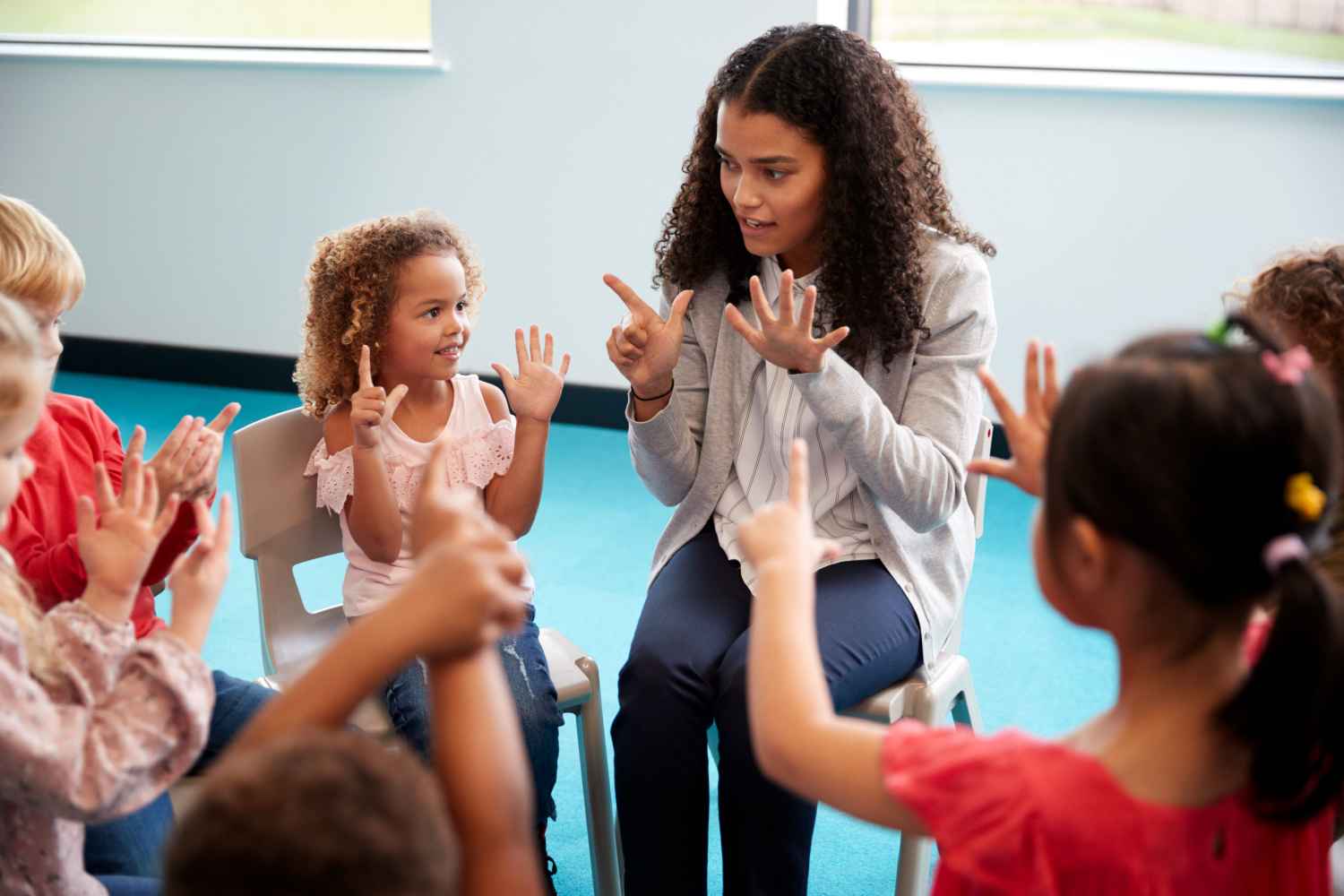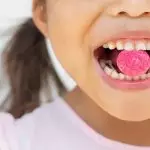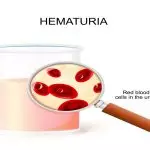
Joint Pains in Children: Should I Consult a Ped Rheumatologist or an Orthopedician? by Dr. Sagar Bhattad
11 min readWritten by Sindhuja Prabhu


Children can complain about various pains in their bodies. They play around, twist and turn their bodies, exert themselves, and even hurt themselves easily. So, it is ok if a child complains of leg pain or pain in the arm after playing rough. Is it OK if your child complains about joint pains?
Adults experience a lot of pain in their joints, especially if they are older or are overweight and this is common. Joint pain in children is not. If a child complains about joint pain, a parent can take it lightly and just give it time to subside. Children’s bodies recover fast. However, if the joint pain is persistent or recurring, it can be very concerning.
In This Article
- What Causes Joint Pain in Children?
- Symptoms of Juvenile Arthritis in Children
- How Can I Stop Joint Pain in My Child?
- Diagnose of Juvenile Arthritis in Children
- How is Juvenile Arthritis Treated?
- Should I Consult a Ped Rheumatologist or an Orthopedician?
What Causes Joint Pain in Children?
Joint pains could be due to a number of reasons. Children do not know what posture can hurt them, how to hold a bat or a racquet the right way, etc. They are oblivious to such pains or discomforts as their bodies are not only flexible but recover quickly too.
Some of the most common reasons for joint pain in children could be:
1. Growing Pains

Growing pains are common among children. Though worrying, the pain in their thigh calves, or behind the knees are mostly growth pains that will subside on their own. Some children suffer from such pain for a long period of time too.
The growing pains are commonly seen among school-going children (between the ages of 3 and 9). It can last up to their pre-teen years and will subside on its own when they become teenagers. While some children experience mild discomfort because of these growing pains, some children can have it severe enough to interrupt their sleep too.
2. Overuse Injuries
When the child performs a motion repeatedly, it can cause injury in that joint or cause pain. Such injuries and pains are common among children in sports. When a child is learning a sport where they have to repeat a set of motions constantly, it can hurt the involved joints. For example, children learning or playing a racquet sport can have pain in their elbows or shoulders; children training to become runners can have constant pain in their hip joints or knees.
3. Autoimmune Disease
In some cases, more common than we are aware of, the recurring joint pain could be due to an autoimmune disorder. An autoimmune disease is where the body’s immune system starts attacking healthy cells instead of fighting foreign invaders and protecting the body.
Some of the common autoimmune disorders that can cause joint pain in children are:
a) Juvenile Idiopathic Arthritis (JIA)
JIA is a group of chronic disorders that cause inflammation in the joints. It affects children below the age of 16. JIA can be due to genetics, environmental factors, or other infections which can lead to inflammation of the joints. There are 5 different types of JIA that can affect children:
- Systemic Arthritis: Symptoms will be severe. Swelling might reach the spleen and lymph nodes too. Over time, many joints can start swelling or becoming stiff along with pain.
- Oligoarthritis: This type affects less than 5 joints in the body, within the first six months and will mostly affect the knees, wrist, and ankles. It can also affect the eye, particularly the iris – known as iritis or iridocyclitis. Oligoarthritis is more common among girls than in boys, but most of them will outgrow this particular disease by the time they become adults.
- Polyarthritis: Also known as pJIA, it affects five or more joints within the first six months of the infection. It is mostly seen to affect the same joints on each side of the body – knees on both sides, wrists on both sides, etc. It can also affect the jaw and neck joints. Again, this type affects more girls than boys.
- Psoriatic Arthritis: Children with both psoriasis and arthritis might get this disease. Either arthritis or psoriasis will affect the child first. The other part of the disease may even take years to affect them.
- Enthesitis-related Arthritis: This type commonly affects the spine, eyes, hips, and entheses. It affects more boys than girls above the age of 8. Children with a male relative diagnosed with ankylosing spondylitis are at a higher risk of contracting this condition.
b) Systemic Lupus Erythematosus (SLE)

Systemic Lupus Erythematosus(SLE) affects children in the preteens or teenage. The hormonal change is a high suspect for this. Apart from joint pain, this disease can affect the organs too. SLE can be very severe in children as not only is their immunity low, but the damage to the organs starts at a very young age.
c) Juvenile Dermatomyositis
This type of autoimmune disease can cause skin rashes, swelling as well as weaken the muscles. However, this is a very rare condition. It affects children between the ages of 2 and 15, usually more among the girls than the boys.
[Read : How to Relieve Children of Growing Pain? by Dr. Sagar Bhattad]
Symptoms of Juvenile Arthritis in Children

How can you know if your child is suffering from juvenile arthritis and it is not just the common growing pains? Juvenile Arthritis is known as Idiopathic Juvenile Arthritis because the cause is not known. Some of the common symptoms of juvenile arthritis to watch out for are:
- Stiff joints in the morning after waking up or limping in the morning hours.
- Tenderness, swelling, or pain in joints.
- Limping, soreness in wrist, finger, or knees that can prevent them from doing their regular activities or interfere with their motor activities.
- Constant Fever that can spike suddenly in the evening and then just disappear.
- Skin Rash that appears suddenly in multiple areas on the body.
- Fatigue
- Irritability
- Loss of weight
- Pain or redness in eyes
- Blurred vision
These signs are common and can be confused with general growing or exertion pains. The symptoms can vary from child to child. The intensity can differ for different age groups. If your child complains of these symptoms on a regular basis or experiences a few of these constantly, then it is time to get it checked. It could indicate juvenile arthritis.
In very young children who cannot communicate their pain or discomfort, you might see a change in their activities and physical progress.
- They may not handle toys like before if their wrists hurt.
- They may not hold a spoon or eat on their own.
- If the pain is in their leg joints, they may not run and play as much as before.
- They might be more immobile or might ask to be carried more than usual.
- All the pain and discomfort can make them irritable and cranky too.
Though these are regular child behaviours, parents will be able to see the difference. If the changes persist or affect their milestones, it could be a red flag that there is a bigger problem that needs medical attention.
How Can I Stop Joint Pain in My Child?

Be it the initial days before a confirmed diagnosis or after your child has been diagnosed with juvenile arthritis, it can be difficult to watch them suffer in pain. As a parent, you may want to do anything possible to help them. “Stopping” the joint pain without medications or professional treatments may not be possible if your child is diagnosed with arthritis.
You can do the following to ease or reduce the joint pain in your child:
1. Massage
Gently massage the joints or the affected areas. Do not put too much pressure or massage aggressively. You can even ask your physician and learn a few massage techniques to help your child. You can give them a gentle massage after they wake up to help reduce the morning pains and stiffness.
2. Stretch
Gently stretch your child’s calf muscles and thighs during the day. You can do this before they go to bed too.
3. Cuddle
Sometimes a child suffering from a lot of pain just needs to be held and cuddled. It can help calm them down and reassure them that you are there for them. Emotional comfort goes a long way.
4. And Thing You Must Refrain From Doing
Here are a few things you must refrain from doing if you want to help your child suffering from joint pain:
- Do not stretch their muscles when they are feeling stiff after waking up in the morning. Stretching muscles that are stiff will lead to injuries.
- Do not use hot water bags to help ease the pain, without consulting a doctor. Heat can increase inflammations and doctors might ask you to avoid this.
- Do not force your child to play more or do more physical activities to match what other kids are doing. Increasing their physical exertion will not make them stronger it will only worsen their issue, when not done under medical guidance.
Diagnose of Juvenile Arthritis in Children

Juvenile arthritis is not easy to diagnose. With children, it can be very tricky to determine if they just hurt themselves or have some problem health-wise. The doctor will have to rule out other health issues like growing pains, injuries, infections, etc., before they can diagnose it as juvenile arthritis.
Once the doctor becomes suspicious of juvenile arthritis, they will ask for:
- X-rays to see and ensure that the joints are OK, and not swollen or deformed.
- Blood tests to rule out other health issues that may pose similar symptoms. The blood test will also check for the rheumatoid factor and show if any inflammations are present.
- A second blood test (ANA) to check for autoimmunity as juvenile arthritis is an autoimmune disease. This blood test can also help determine if the child is likely to have any eye problems along with juvenile arthritis.
- All children with juvenile arthritis need a detailed eye check-up as some of them can develop inflammation within the eye – uveitis.
- A scan of the bones, to check the density. The scan will also help understand the cause of the joint pains and show if there are any changes in the bone structure. This is done only in select cases
- An examination of the synovial fluid that lines the joints. Under a Pediatric Rheumatologist’s guidance, removal and testing of synovial fluid may be done. It must be noted that most children with juvenile arthritis DO NOT need this form of testing to make a diagnosis of their condition
- MRI scans of the bones and joints (only done in case the diagnosis of juvenile arthritis is in doubt)
- Examination of the bone marrow to rule out leukaemia (in case the treating doctor is suspicious of blood cancer)
How is Juvenile Arthritis Treated?

Unfortunately, there is no permanent cure for juvenile arthritis. There is no single cure that can relieve all the pain your child is suffering from. Treatments will help reduce inflammation and reduce pain to a certain extent. Without treatment, most of these children end up developing joint deformities. However, if treated appropriately, they lead a healthy life and are capable of performing all the activities.
If detected early, treatments can be given to slow down the progress of the disease and its impacts on various body parts. This will include medications, physical therapy, changes in lifestyle, and diet.
Once diagnosed with juvenile arthritis, the doctor will prescribe the following for your child:
1. Medicines
Medicines to reduce inflammations and control the spread of the disease. The most commonly prescribed medications for juvenile arthritis are:
- Non-Steroidal Anti-Inflammatory Drugs (NSAIDs) given to treat the swelling and pain. While few of these NSAID medicines are available over the counter, others are prescription drugs.
- Slow-Acting Anti-Rheumatic Drugs (SAARDs), slow-working medicines that take time to treat joint pain and swelling. These medicines can be prescribed in varying combinations with NSAIDs.
- Corticosteroids are sometimes the first medication given to treat swelling and joint pain. A corticosteroid injection can be given to the affected joint to reduce the inflammation. Oral steroids for children are prescribed very rarely as they can have severe side effects in the long run.
2. Physical Therapy
Physical Therapy to reduce inflammations, increase mobility, and restore movement to the affected joints. Exercise to be regularly done to ensure joints are well lubricated, do not swell or become stiff. These exercises have to be done as advised, else your child might suffer a relapse after all the progress.
3. Psychological Therapy
Psychological therapy to help with the depression and difficulties a growing child might face when they are unable to perform physical activities or play like their peers.
4. Regular Checkups
Also Regular checkups to assess the progress of both the treatment and disease; damages to other parts of the body.
The treatment for your child’s juvenile arthritis will vary depending on the following factors:
1. Age
The age of your child when affected and diagnosed matters. The treatments and medications for a 7-year-old will be different from that of a 15-year-old. When juvenile arthritis is diagnosed at the early stages, the treatments need not be aggressive and the impact of the disease can be controlled better than in a late diagnosis.
2. Type
Different types of juvenile arthritis affect different parts of the body in different ways. So the medications and therapy given will vary depending on the type of arthritis. The treatment will also depend on what parts of the body the arthritis is bound to affect. For example – if the blood test shows positive for rheumatoid factor, there is a higher potential for joint damage. So, the treatment will be more aggressive to prevent this and control arthritis. Similarly, oligoarthritis can affect the eyes as the disease progresses; the treatment will aim to prevent this.
3. Severity
If the impact of the disease is severe in the child, the treatment will be aggressive. If the disease has been diagnosed early and has not affected the child much, the treatment will be mild. Also, as the swellings and pain come under control due to aggressive or strong treatments, the treatment will be toned down.
[Read : Autoimmune Vs. Low Immunity – What’s The Difference? by Dr. Sagar Bhattad]
Should I Consult a Ped Rheumatologist or an Orthopedician?

Juvenile idiopathic arthritis (JIA) is an autoimmune condition and would be treated by a Pediatric Rheumatologist.
When your child complains of pains, first consult your general physician or paediatrician. They will be able to guide you about which doctor to consult first. In case it is a bone problem (eg: fracture of the bone), you will be guided to an orthopedician. However, in the case of arthritis (swollen joints), this would be on most occasions, treated by a Pediatric Rheumatologist.
A rheumatologist will study the cause, impact and give treatments for the autoimmune disorders that affect the joints. This doctor will prescribe medicines and ask for multiple tests to confirm a juvenile arthritis diagnosis. They will not give any surgical treatments. This doctor will give physical therapy and medicines for your child’s arthritis.
Orthopedists are surgeons. So, if your child’s bones or joints have been severely affected and damaged due to juvenile arthritis; the Pediatric Rheumatologist may ask you to meet the orthopedician and the orthopedist will repair the bones and joints that have been affected by performing surgery. This is rarely required these days, as there are very effective treatments for juvenile arthritis. So, if your child has autoimmune arthritis, you will need to consult a rheumatologist first, get a proper diagnosis and initiate therapy. It is essential to remember that the treatment may be continued for many years and patience on the part of the family plays a pivotal role in getting the child better.
When your child complains of constant pain in their joints, it can be very alarming for a parent. To learn it is an autoimmune disease like juvenile arthritis can be very difficult to cope with. Consulting the right doctor and getting the right diagnosis in time is very crucial.
Read Also: Connective Tissue Disorder in Children(Autoimmune/ Rheumatic Diseases) by Dr. Sagar Bhattad

Sindhuja Prabhu,M.Sc (Psychology),PGDBM
Sindhuja, a mother of two, is an obsessive mom with a keen interest in psychology, especially child psychology. Her quest for knowledge and way with words led her to become a passionate content writer. She transformed her love for writing into a full-fledged career which incidentally also turned up being the perfect stress buster for the last 5 years.Read more.
Responses (0)
Want curated content sharply tailored for your exact stage of parenting?
Related articles
Sponsored content
Discover great local businesses around you for your kids.
Get regular updates, great recommendations and other right stuff at the right time.











